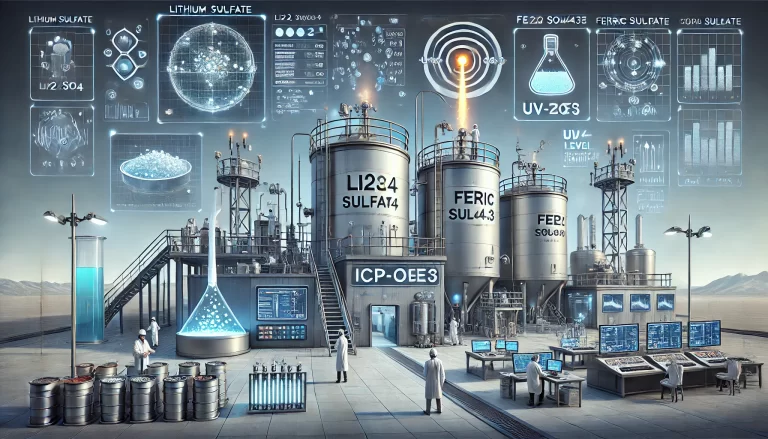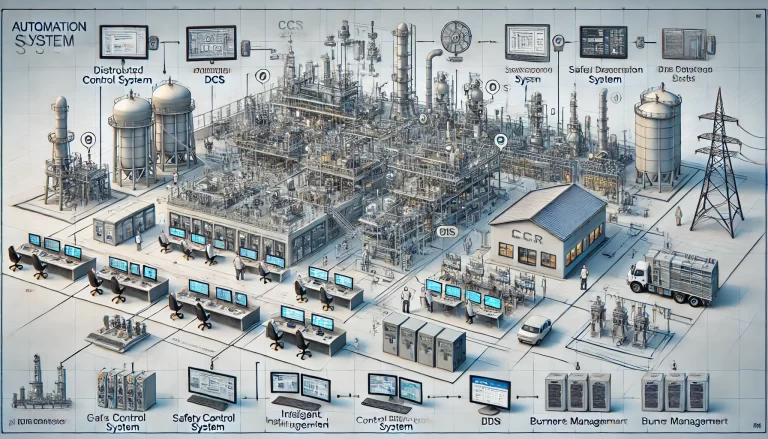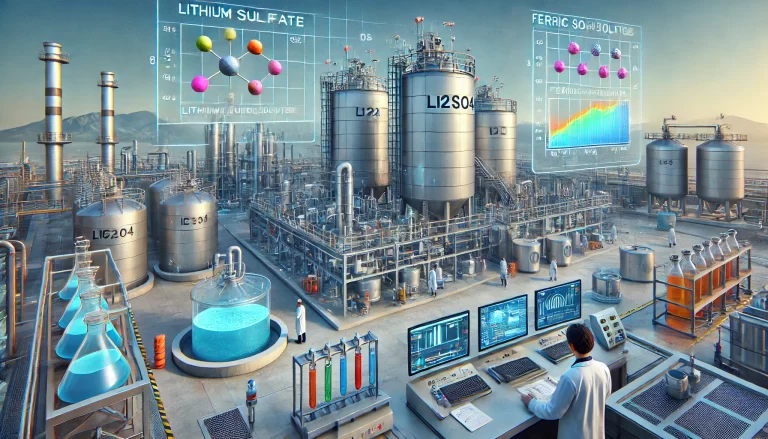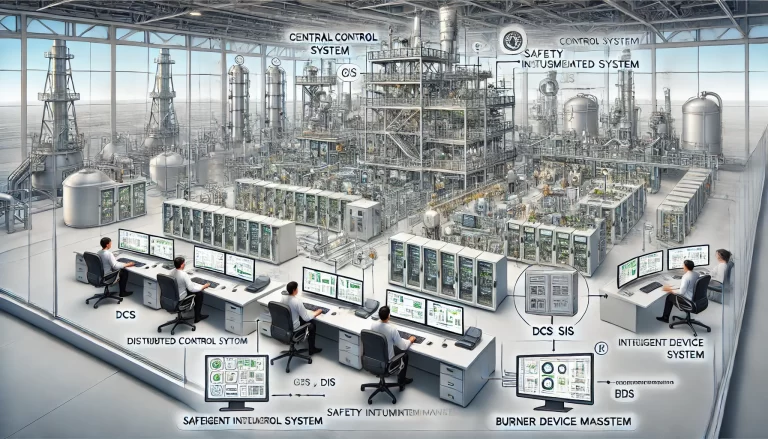Introduction
As the petrochemical industry continues to grow in scale and complexity, the level of automation has become a critical factor in ensuring efficient, safe, and competitive operations. A well-designed automation system not only optimizes production processes but also enhances operational safety, facilitates decision-making, and lays the foundation for intelligent plant development. This document outlines the automation configuration requirements for a typical petrochemical project based on industry best practices.

1. Control Network Architecture
The control-level local area network (LAN) should be independently established for the project.
A Central Control Room (CCR) will serve as the operation center, responsible for centralized operation and management of all process units and utility systems across the facility.
Field control cabinets will be connected to the CCR through redundant single-mode armored fiber optic cables, routed via different paths to ensure high system reliability.
2. Central Control Room Layout
Dedicated Operator Areas: Separate operator areas will be established within the CCR, each equipped with operator stations (HMI) and auxiliary consoles for specific process units.
Engineer Workstations: A dedicated engineering room will be provided in the CCR, housing independent DCS (Distributed Control System) and SIS (Safety Instrumented System) engineering stations for each unit.
Redundant Networking: Operator stations will connect to field cabinet switches through redundant Layer 2 (L2) gigabit switches to ensure uninterrupted communication.

3. Control Systems and Applications
To achieve comprehensive monitoring and control, the plant will be equipped with, but not limited to, the following automation systems:
Distributed Control System (DCS): Core system for continuous process control.
Safety Instrumented System (SIS): Ensures safe shutdown and critical interlock functions.
Gas Detection System (GDS): Monitors combustible and toxic gases.
Compressor Control System (CCS): Specialized control for compressors.
Intelligent Device Management (IDM): Supports smart instrument diagnostics and maintenance.
Programmable Logic Controller System (PLC): Handles batch, discrete, and interlocking logic control.
Process Analyzer System (PAS): Provides online chemical analysis.
Analyzer House System (AHS): Supervises analyzer shelters and environment.
Burner Management System (BMS): Manages safe burner operation.
Operational Data Monitoring System (ODS): Collects and processes real-time operational data.
Machinery Monitoring System (MMS): Monitors critical rotating equipment.
Operational Management (OM): Assists in production scheduling and operations coordination.
Advanced Alarm Management System (AAS): Prioritizes and rationalizes alarms.
Operator Training Simulator (OTS): Provides simulation-based training for operators.
Advanced Process Control (APC): Optimizes process parameters dynamically.
Real-Time Optimization (RT-OPT): Continuously improves plant performance based on real-time data.
Note: Tank farm areas will implement a dedicated tank farm monitoring and automation system.
4. Field Instrumentation
Intelligent field instruments will be deployed extensively to establish rich and reliable information sources, enhancing the informatization level of process control.
Each control system will interface with the plant-wide Information Network, facilitating seamless data exchange.
This structure forms a strong foundation for implementing advanced process control strategies and building intelligent plants.

5. Production Operation Management Layer
Production Performance Management: Guided by integrated production indices, production plans are developed and optimized using advanced information technologies.
Data Platform: Real-time process data from the control layer is processed to form a unified production data platform, supporting accurate and informed decision-making.
Centralized Coordination: This layer is responsible for regional management, plant-wide dispatching, and optimization of production operations.
6. Enterprise Management Layer (ERP Integration)
ERP System: Integrates critical enterprise data, providing a unified management platform with finance at its core.
Holistic Management: Enables comprehensive management of logistics, value streams, and information flows.
Informed Decision-Making: Facilitates the real-time visibility of production status, financial flows, inventory levels, market information, and personnel allocation for upper management.

7. Objectives of the Automation System
Through the integration of plant control systems and information management systems, the project aims to:
Achieve efficient, stable, and safe plant operations.
Ensure transparent, timely, and accurate information flow.
Provide upper management with real-time, accurate decision-support information.
Lay the groundwork for the transition towards intelligent and modernized enterprise operations.
8. Conclusion
A robust and forward-looking automation configuration is fundamental to the long-term success of petrochemical projects. By integrating advanced control systems, intelligent device management, and information platforms, enterprises can not only ensure safe production but also realize continuous optimization and modernization, staying competitive in an increasingly demanding industry environment.
